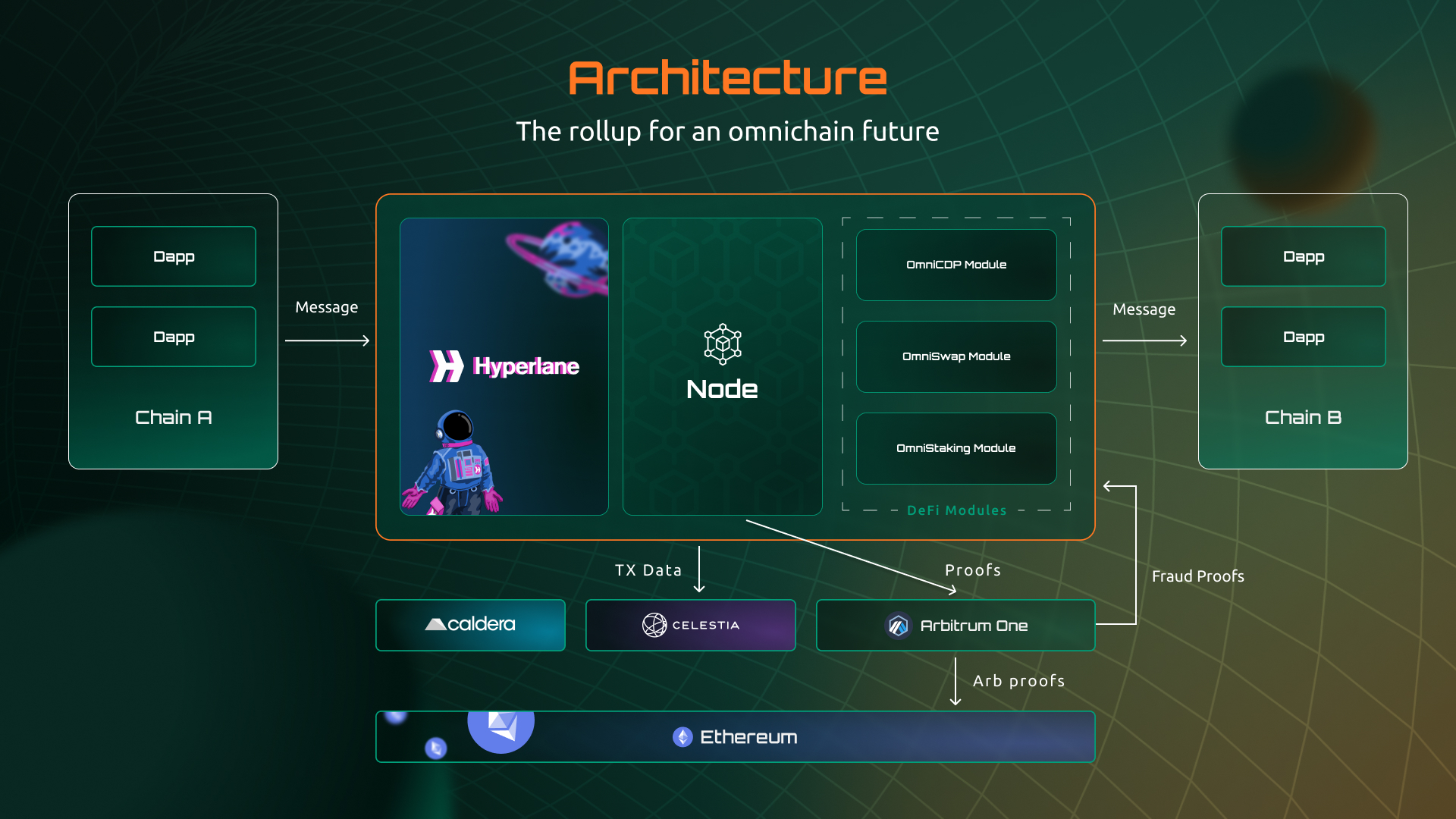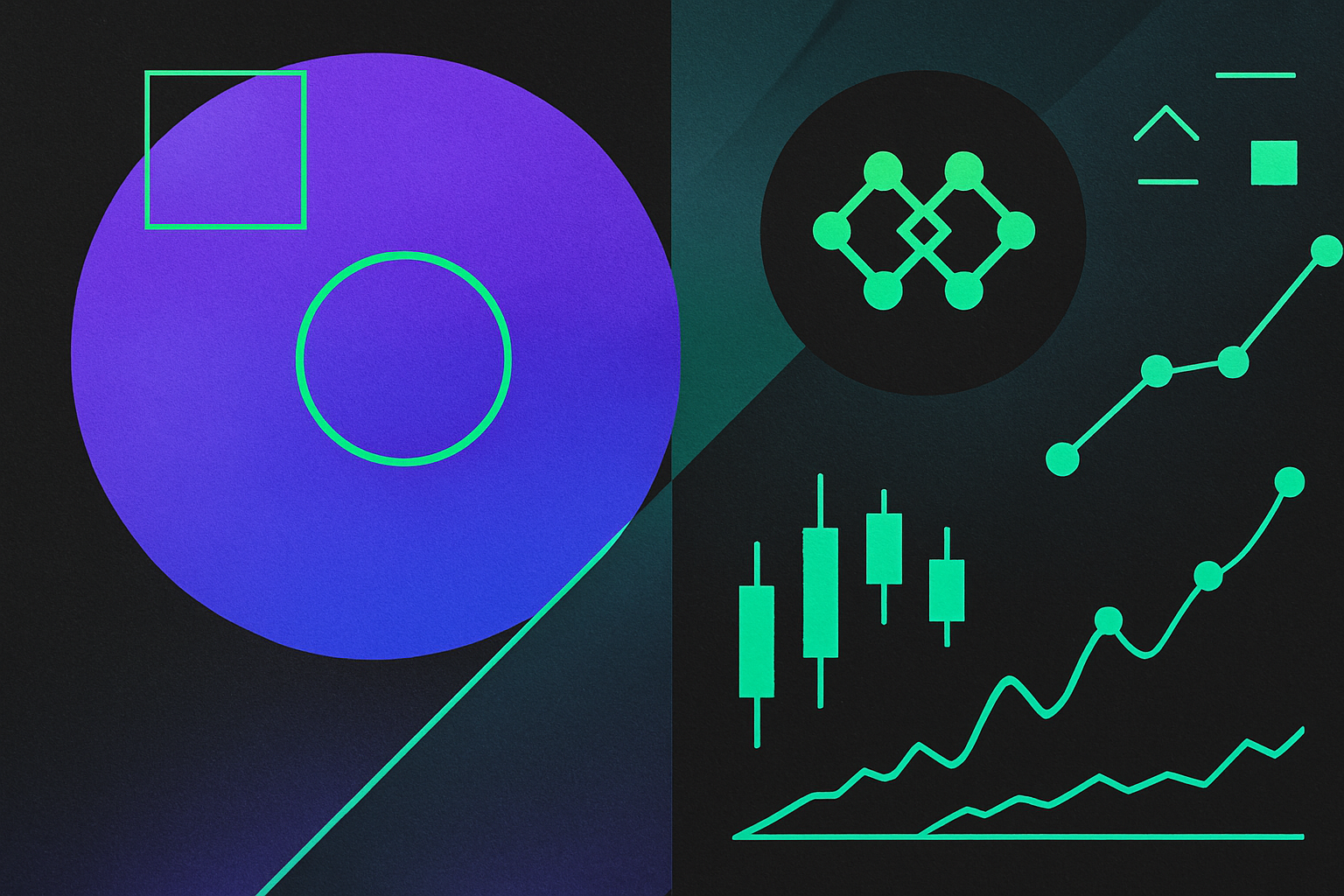How the Fusaka Upgrade Impacts Celestia Blob Capacity and Market Dynamics

With the Ethereum Fusaka upgrade set for December 3,2025, the data availability landscape is about to experience a seismic shift. For Celestia and its growing blobspace market, this upgrade is more than just a technical milestone – it’s a direct challenge and a potential catalyst for new trading opportunities. As of today, Celestia (TIA) is trading at $0.9791, reflecting a slight dip of -0.0884% over the last 24 hours. But the real story isn’t the price action alone; it’s how Fusaka’s phased blob capacity expansion could reshape Celestia’s competitive edge and market dynamics.
Fusaka Upgrade: What’s Changing for Blobs and L2s?
At its core, the Fusaka upgrade is Ethereum’s answer to surging Layer 2 (L2) demand and the persistent need for scalable data availability. The upgrade introduces Blob Parameter Only (BPO) forks, which incrementally raise blob targets per block without waiting for full protocol hard forks. The initial jump will see blob targets and maximums increase from 6/9 to 10/15, and then to 14/21 per block. This effectively doubles Ethereum’s data throughput for L2 rollups, providing cheaper and more abundant data space for rollup transactions.
Peer Data Availability Sampling (PeerDAS) is another headline feature. By allowing nodes to verify data blobs using probabilistic sampling instead of downloading entire datasets, PeerDAS reduces both bandwidth and storage requirements. This is a technical leap forward, making it easier for more nodes to participate and further decentralizing the data availability layer.
Celestia’s Position: Opportunity or Competition?
Celestia’s modular approach to blockchain architecture has positioned it as a pioneer in scalable data availability. The Fusaka upgrade, however, brings Ethereum’s native data availability closer to Celestia’s territory. With Ethereum’s blob capacity doubling, L2s may find it more attractive to remain within the Ethereum ecosystem rather than seeking alternatives like Celestia for data storage and throughput.
But Celestia isn’t standing still. Its unique selling points – decoupling consensus from data availability, flexible blob pricing, and seamless integration with sovereign rollups – remain compelling. The Fusaka upgrade could actually validate Celestia’s market thesis: that scalable data availability is the next frontier in blockchain infrastructure. Developers and traders should watch for shifts in blob demand and pricing on both networks as Fusaka’s impact ripples out.
Blobspace Market Impact: What Traders and Developers Need to Know
For blobspace market participants, Fusaka is likely to trigger a realignment of supply and demand dynamics. More blobs on Ethereum means lower fees for L2s in the short term, but it also introduces new variables around blob pricing and network congestion. If Ethereum’s blob repricing mechanisms (like EIP-7918) succeed in stabilizing costs during peak periods, we could see L2s double down on Ethereum-native solutions. If not, Celestia’s blobspace could become even more attractive as a cost-effective alternative.
Current sentiment among traders is mixed. Some anticipate a temporary dip in Celestia blob demand as Ethereum’s capacity surges, while others expect long-term growth as the overall pie of data-hungry applications expands. The key is to monitor how quickly L2s adapt to Fusaka’s changes and whether Celestia can leverage its modularity to differentiate itself further.
Celestia (TIA) Price Prediction Post-Fusaka Upgrade (2026-2031)
Forecasts reflect potential outcomes following Ethereum’s Fusaka upgrade and evolving blockchain data availability trends.
| Year | Minimum Price | Average Price | Maximum Price | YoY % Change (Avg) | Market Scenario Insights |
|---|---|---|---|---|---|
| 2026 | $0.82 | $1.05 | $1.32 | +7% | Initial competitive pressure from Ethereum’s increased blob capacity; TIA stabilizes as modular demand persists. |
| 2027 | $0.90 | $1.22 | $1.54 | +16% | Celestia leverages modular architecture; differentiation from Ethereum L2s drives moderate growth. |
| 2028 | $1.10 | $1.42 | $1.80 | +16% | Increased adoption in non-Ethereum ecosystems; regulatory clarity supports broader blockchain integration. |
| 2029 | $1.25 | $1.68 | $2.12 | +18% | New data availability use cases emerge; Celestia secures partnerships with major L2s and rollups. |
| 2030 | $1.38 | $1.98 | $2.48 | +18% | Institutional entry and modular blockchain maturity drive demand; Celestia remains a top DA solution. |
| 2031 | $1.45 | $2.23 | $2.85 | +13% | Competition intensifies but TIA benefits from network effects and cross-chain interoperability. |
Price Prediction Summary
Celestia (TIA) is expected to experience steady growth post-Fusaka, with initial competitive headwinds from Ethereum’s expanded blob capacity offset by Celestia’s unique modular approach and potential adoption across multiple ecosystems. Price volatility remains, but mid- to long-term prospects are positive as the demand for scalable data availability solutions grows.
Key Factors Affecting Celestia Price
- Impact of Ethereum’s Fusaka upgrade on L2 data markets and transaction fees
- Celestia’s ability to differentiate and innovate within the modular blockchain niche
- Adoption by L2s and rollups beyond the Ethereum ecosystem
- Regulatory developments affecting data availability and blockchain interoperability
- Market cycles and broader crypto adoption rates
- Competition from other data availability and consensus protocols
- Institutional and enterprise adoption of modular blockchain infrastructure
Disclaimer: Cryptocurrency price predictions are speculative and based on current market analysis.
Actual prices may vary significantly due to market volatility, regulatory changes, and other factors.
Always do your own research before making investment decisions.
Curious about how these changes might affect your trading strategy or development roadmap? Dive deeper into the implications of Fusaka’s phased rollouts in our in-depth analysis: How the Fusaka Upgrade Impacts Celestia Blobspace Capacity and Pricing.
For those tracking Celestia’s real-time market performance, the current price of $0.9791 remains a critical reference point. As Fusaka’s launch date approaches, traders should expect volatility as the market digests new capacity benchmarks and repricing mechanisms across both Ethereum and Celestia ecosystems.

One major consideration is the evolving nature of blobspace arbitrage. As Ethereum’s upgrade rolls out, we’re likely to see developers and data providers actively compare the cost, speed, and reliability of storing blobs on Celestia versus Ethereum. This creates a dynamic, cross-chain blob market where pricing may fluctuate rapidly in response to fee changes, network congestion, or technical innovations.
Key Factors Shaping Celestia’s Blobspace Market After Fusaka
Top 5 Factors Shaping Celestia Blobspace Demand Post-Fusaka
-

1. Increased Ethereum Blob Capacity: The Fusaka upgrade will double Ethereum’s blob capacity, raising the target and maximum per block to 14 and 21 respectively. This expanded data availability could shift demand away from Celestia’s blobspace as L2 rollups gain more room on Ethereum itself.
-

2. Lower L2 Transaction Costs on Ethereum: With more blobs available and PeerDAS reducing bandwidth needs, transaction fees for Layer 2 solutions on Ethereum are expected to drop. This may reduce the incentive for L2s to seek Celestia’s data availability services, impacting blobspace demand.
-

3. Competitive Pressure in Data Availability: As Ethereum scales up its data throughput, Celestia faces stiffer competition in the data availability market. Projects may reassess whether to use Celestia or leverage Ethereum’s now more affordable and efficient blobspace.
-

4. Blob Pricing Mechanisms and Market Dynamics: Fusaka introduces new blob pricing mechanisms (like EIP-7918) to stabilize costs during congestion. If Ethereum’s blob pricing remains favorable, demand for Celestia’s alternative could decrease; if not, Celestia may retain or grow its market share.
-

5. Celestia’s Modular Architecture and Unique Features: Despite increased competition, Celestia’s modular design and focus on scalable, sovereign data availability remain attractive for certain use cases. Projects prioritizing customizability or independence from Ethereum’s roadmap may continue to drive demand for Celestia blobspace.
It’s also worth noting that Celestia’s design makes it well-suited for specialized applications that need custom execution environments or want to remain independent from Ethereum’s governance and fee structure. As more rollups and modular blockchains come online, Celestia’s flexible data availability layer could see renewed demand from projects seeking predictable costs and scalability beyond Ethereum’s roadmap.
On the technical front, innovations like PeerDAS and BPO forks are setting new standards for how data blobs are managed and verified. But with more capacity comes greater complexity in blob pricing models. Developers should pay close attention to how EIP-7918 and related proposals affect both short-term transaction costs and long-term sustainability of L2 ecosystems. The interplay between these upgrades could create new arbitrage opportunities for savvy traders and developers who understand the nuances of blobspace markets.
“The real winners will be those who can spot inefficiencies early and pivot between networks as pricing and throughput evolve. “
For Celestia holders, the $0.9791 price level is more than just a number – it’s a barometer of confidence in Celestia’s ability to adapt and compete. If Celestia can maintain its unique value proposition while Ethereum scales up, we may see the blobspace market expand rather than contract, benefiting both ecosystems.
Ultimately, the Fusaka upgrade is a watershed moment for data availability. It challenges every project in the space to innovate, optimize, and differentiate. For developers, traders, and data scientists exploring Celestia, the coming months will be defined by rapid change – but also by unprecedented opportunity.
If you’re looking to stay ahead of the curve and capitalize on emerging trends in blobspace trading, bookmark our ongoing coverage of Fusaka’s rollout and its ripple effects across the modular blockchain landscape. For a deeper dive into the technical details and market implications, check out our comprehensive guide: How the Fusaka Upgrade Expands Celestia Blobspace Capacity: What Developers Need to Know.





